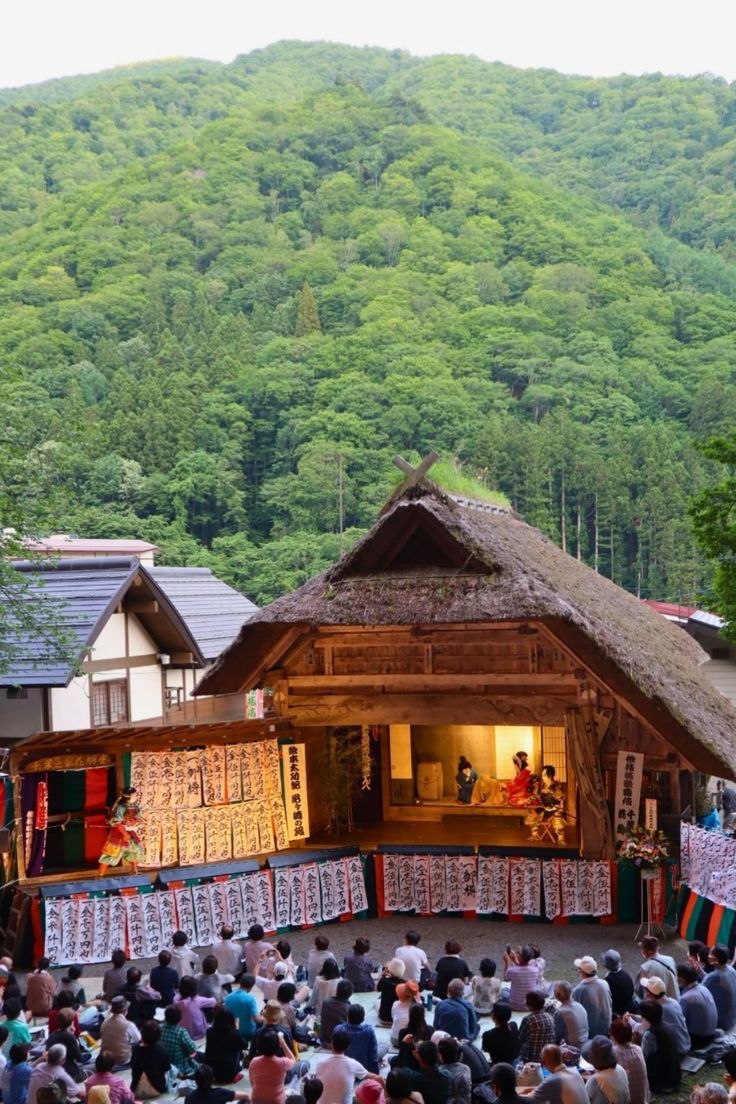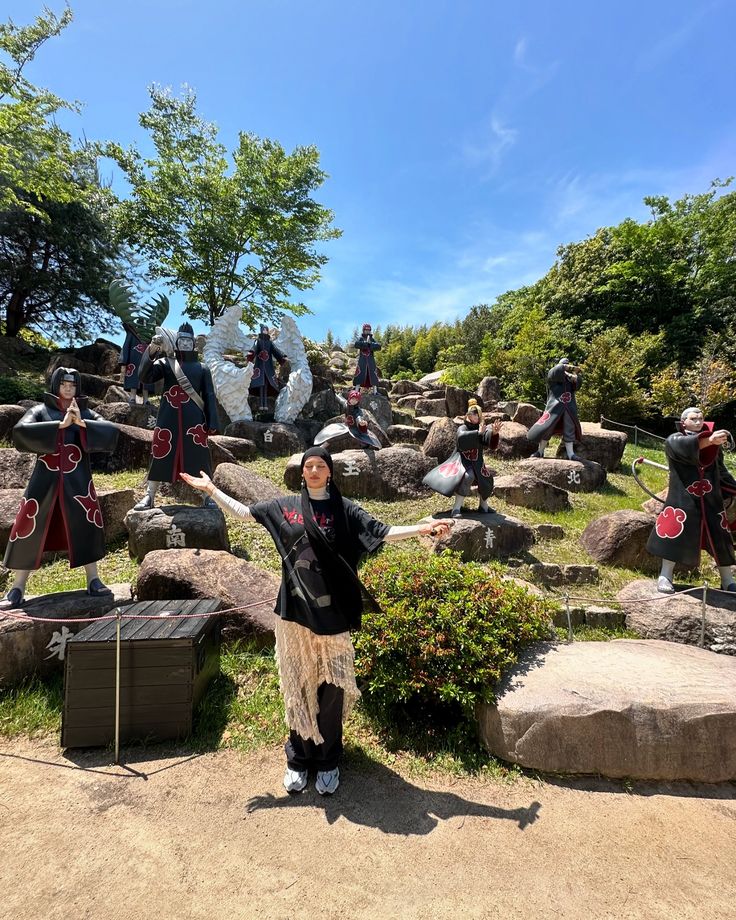The image of Japanese women in the global consciousness is often one of polite demureness and traditional values. It’s a stereotype reinforced by media and a cultural emphasis on harmony and indirectness. This perception naturally leads to a compelling question that cuts through the surface: Do Japanese girls have one-night stands? The simple, and perhaps surprising, answer is yes. However, that “yes” is the beginning, not the end, of a deeply complex conversation that reveals the intricate dance between long-held traditions and the unstoppable force of modern life.
A recent street interview conducted in Japan offers a fascinating microcosm of this evolving landscape. By speaking with three young women, the video peels back the layers of public perception (tatemae) and private reality (honne), revealing a spectrum of attitudes toward casual intimacy that is far from monolithic. Their responses serve as a powerful entry point into understanding the cultural pillars that define Japanese romance—the formal confession, the rise of dating apps, and the internal conflict many young people face today.
The Bedrock of Japanese Romance: The “Kokuhaku” Culture

To understand the Japanese approach to sex and relationships, one must first understand the concept of kokuhaku (告白), the formal confession of love. Unlike the fluid, often ambiguous dating culture of the West where a relationship’s status may evolve organically over several dates, the Japanese model is traditionally more structured and explicit.
The kokuhaku is a pivotal moment. It’s when one person, typically the man, formally declares their feelings and asks the other to be their exclusive partner, often using a phrase like, 「好きです。付き合ってください。」 (Suki desu. Tsukiatte kudasai.), which translates to “I like you. Please go out with me.” This confession acts as a clear, official starting line. Before the kokuhaku, the two are considered friends or potential interests. After a successful kokuhaku, they are officially a couple.
This cultural script has profound implications for physical intimacy. Traditionally, intimacy, including sex, follows the kokuhaku, solidifying the commitment of the newly established relationship. To sleep with someone before this formal declaration would be to jump the gun, to engage in an act of commitment without the foundational relationship being established.
This deeply ingrained norm is clearly reflected in the interview. The first woman, a 25-year-old office worker, states her position unequivocally at first: “No, I’ve never slept with a man before dating him.” Her response, “after we start dating,” perfectly encapsulates the kokuhaku-first model.
The second interviewee, a 23-year-old, reinforces this sentiment. When asked if a confession is necessary to start a relationship, she doesn’t hesitate. She affirms that it’s essential for clarity, to define what they are to each other. “It is necessary to clearly say you’re partners,” she explains. This desire to eliminate ambiguity is a cornerstone of the traditional approach, making the idea of a one-night stand—the epitome of ambiguity—a culturally dissonant concept.
The Shifting Sands: When Tradition Meets Modern Reality

While the kokuhaku culture remains a powerful influence, the interviews reveal that it is no longer an unbreakable rule. The modern world, with its new technologies and shifting social norms, has introduced a spectrum of gray areas.
The first interviewee, despite her initial firm stance, shows this evolution in real-time. When pressed on whether a one-night stand could happen in the future, her surprised “Eh?!” gives way to a thoughtful pause. “Maybe… You never know what the future holds,” she concedes with a smile. This is not the answer of a rigid traditionalist but of a modern woman navigating her own values. She even adds a caveat, suggesting that she wouldn’t have much “resistance” to the idea if it stemmed from “love at first sight.” This romanticized view complicates the cold, transactional stereotype of a one-night stand, suggesting that for her, the emotional context is paramount.
The second interviewee’s reaction is even more telling. When asked if she has ever had a relationship without a confession, she becomes flustered, laughing nervously before admitting, “Yes, it later developed into a romantic relationship.” This admission reveals a messier, more realistic path where emotional and physical connections can sometimes precede formal declarations. Her embarrassment, however, shows the persistent power of the cultural ideal. She knows her experience deviates from the “proper” sequence, and this creates a moment of palpable tension. When asked directly about one-night stands, she laughs and denies it, but her friend’s knowing smile hints at a shared understanding that these things are part of their social world.
It is the third interviewee who shatters the traditional mold completely. When asked when she first slept with her current boyfriend of nearly 1.5 years, her answer is immediate and candid: “On our first date.” This is a direct inversion of the kokuhaku-first model. While she clarifies she didn’t go into the date with that intention, the outcome represents a significant departure from tradition. For them, a powerful physical and emotional connection on the very first encounter was enough to build a lasting relationship, a testament to the fact that individual experience can and does trump cultural scripts.
Catalysts of Change: Dating Apps, Economic Independence, and the “Sex Friend”
What is driving this shift? Several factors are converging to reshape Japan’s romantic landscape.
1. The Rise of Matching Apps (マッチングアプリ): Perhaps the single most significant catalyst is the explosion of dating apps. The third interviewee reveals that her one-night stand experience came from meeting someone “on a dating app.” In a society where meeting new people outside of school or work can be challenging, apps like Pairs, Omiai, Tapple, and Tinder have opened up a vast new world of potential partners.
These platforms offer a degree of anonymity and directness that is absent in daily life. They allow individuals to state their intentions more clearly—whether they are seeking marriage (konkatsu), a serious relationship (koikatsu), or something more casual. This digital space bypasses traditional social gatekeepers and creates opportunities for encounters like one-night stands that would be far less likely to occur through conventional social circles.
2. Female Economic Independence: As more Japanese women pursue higher education and careers, they are marrying later and have greater financial independence. This autonomy gives them more control over their personal lives and choices. They are less reliant on finding a partner for financial security and are freer to explore relationships, including physical ones, on their own terms and timelines.
3. The Concept of the “Sex Friend” (セフレ): The term sefure, a portmanteau of “sex” and “friend,” has become a common part of the modern Japanese lexicon. It describes a “friends with benefits” arrangement, a relationship based on mutual physical attraction without the obligations of romantic love. While distinct from a one-night stand (as it implies an ongoing arrangement), the existence and normalization of the sefure concept demonstrates a significant decoupling of sex and romantic commitment, creating a cultural space where casual intimacy is more plausible.
The Emotional Aftermath: Regret, Memory, and the Weight of Choice
The interview with the third woman provides the most profound insight into the emotional complexity surrounding one-night stands in Japan. After bravely admitting, “Yes, I have,” when asked if she’s had a one-night stand, her subsequent comments are layered with nuance.
She describes the experience as a product of “a momentary feeling,” a surge of emotion and attraction in the here and now. This speaks to the universal, human side of the experience. However, she immediately follows this by stating, “But I regret it.”
This juxtaposition of momentary feeling and subsequent regret is crucial. It suggests that while the act itself may happen, it doesn’t necessarily align with her deeper values or emotional needs. The regret may stem from a sense of having violated a cultural norm, a feeling of emotional emptiness after the fact, or the simple disappointment that the encounter did not lead to something more meaningful. It contrasts sharply with her “sex on the first date” experience with her current boyfriend, which she fondly recalls as “a good memory.” The key difference, one can infer, was the presence of a genuine, reciprocal connection that had the potential to grow, versus a fleeting one that did not.
This highlights that for many Japanese women, even those who engage in casual sex, the act is not always a simple, consequence-free pursuit of pleasure. It is often fraught with emotional and cultural weight, a navigation of personal desire against a backdrop of societal expectation.
Conclusion: A Spectrum of Truths
So, do Japanese girls have one-night stands? The answer, as illuminated by these three women, is not a simple binary. It’s a spectrum.
On one end, you have the woman who holds to the traditional kokuhaku model, where intimacy is the fruit of a defined, committed relationship. Yet even she acknowledges the unpredictable nature of life and the powerful pull of “love at first sight.”
In the middle is the woman who intellectually subscribes to the traditional model but whose life experiences have shown her the gray areas. She understands the ideal but has lived the more complicated reality, a position likely shared by a great many of her peers.
And on the other end, you have the woman who has directly participated in the modern dating scene in its rawest forms—having sex on a first date that blossomed into love, and having a one-night stand that ended in regret. Her experiences, facilitated by technology and driven by personal choice, are a clear indicator of a culture in transition.
The truth is that Japanese women, like women everywhere, are individuals. Some are traditional, some are modern, and most are a complex blend of both. The one-night stand exists in Japan, not as a widely celebrated norm, but as a part of the private, often unspoken, reality of modern romance. It is a choice made in the quiet spaces created by dating apps and personal freedom, a choice that is often accompanied by a unique set of cultural and emotional considerations. The shy laughter, the thoughtful pauses, and the candid confessions of these women tell a more accurate story than any stereotype ever could: the story of a culture gracefully, and sometimes awkwardly, finding its way in a changing world.

